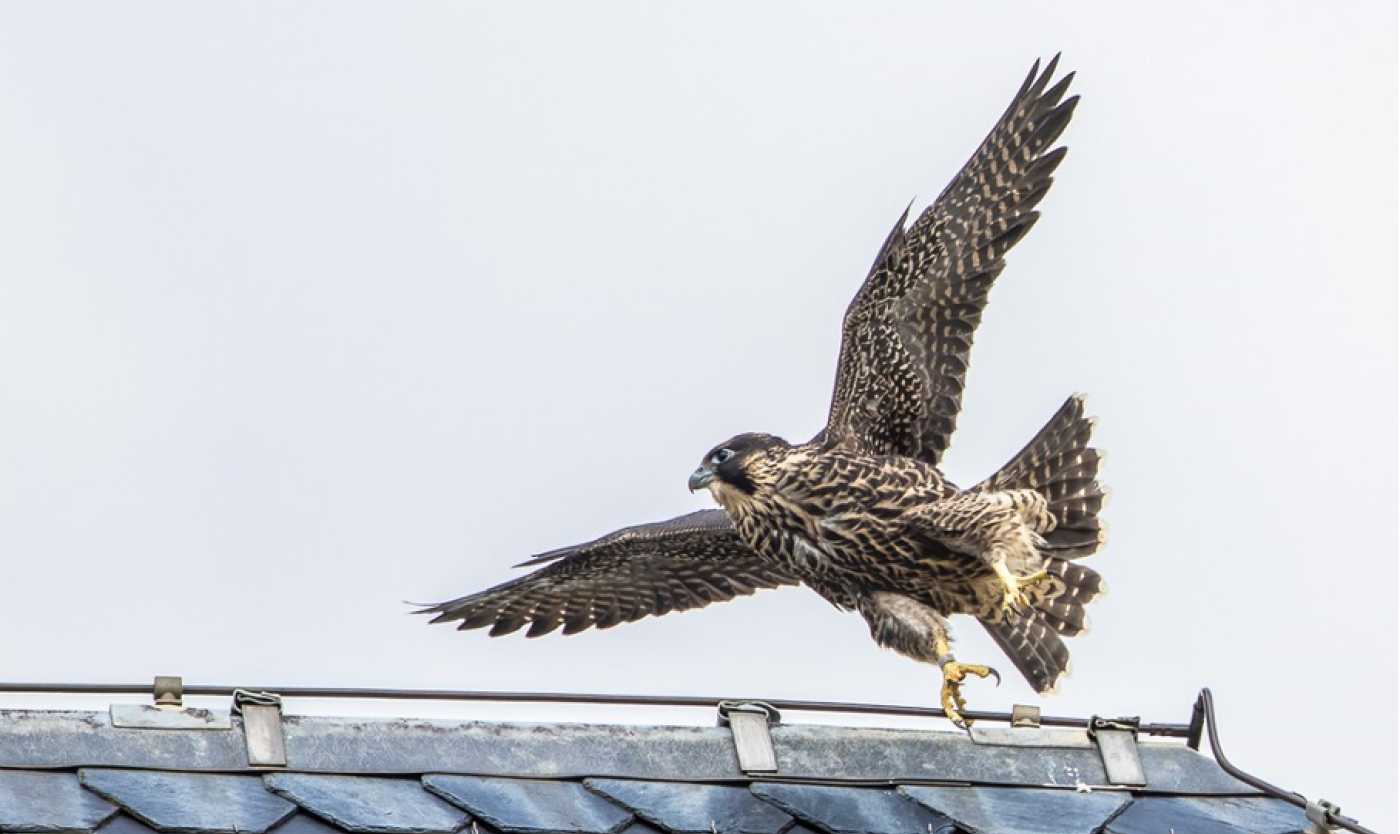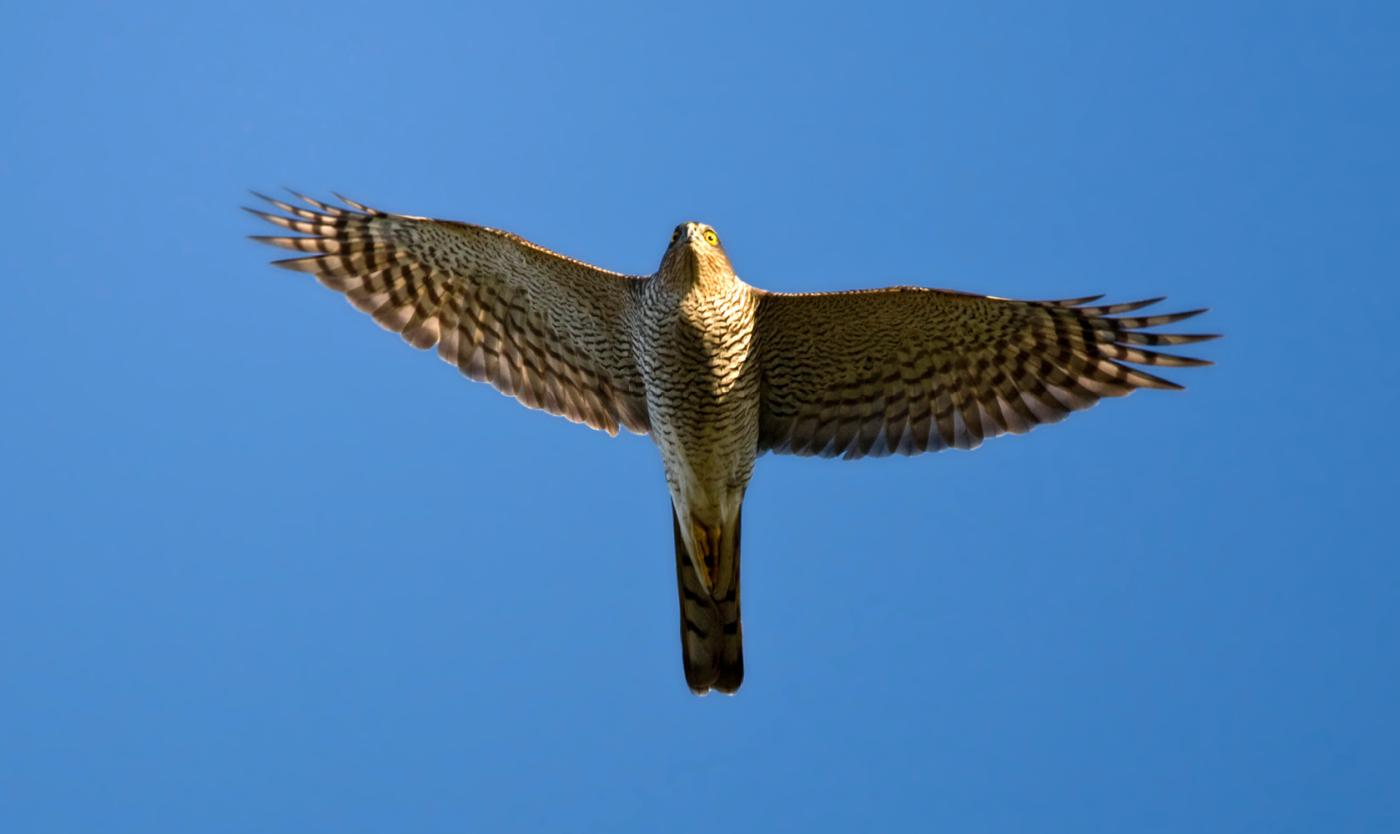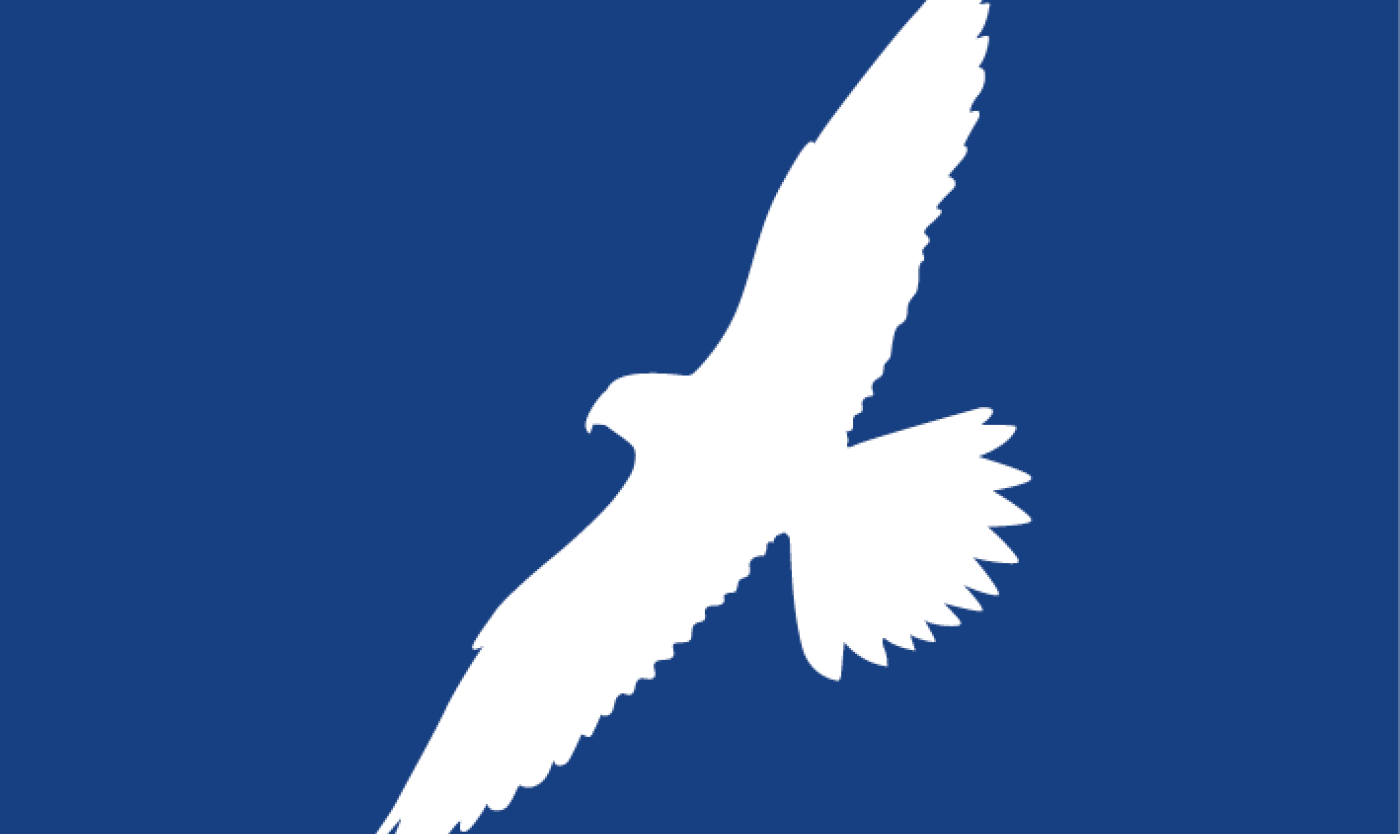By nature, the peregrine falcon nests on high rocky cliffs. We haven’t got many of those in Brussels of course, so this impressive predator has settled for high buildings, such as church spires. The VUB buildings have also proven popular, especially those that have nesting boxes. Of all the birds of prey, the peregrine falcon feels most at home in the city. It even hunts at night, guided by building lights and street lamps.

Peregrine falcon. Photo by Jan Waumans. Source: Waarnemingen.be.

A second bird of prey that can be found on the VUB campus park is the Eurasian sparrowhawk (Accipiter nisus), which is much smaller and usually catches smaller birds like tits and sparrows.
Birds of prey in Belgium
Birds of prey did not always thrive here. The excessive use of pesticides in agriculture (such as the insecticide DDT), hunting and the use of poisoned meat by farmers, hunters and pigeon keepers to keep birds of prey at bay decimated the populations in Belgium. Only a handful of breeding pairs of the peregrine falcon remained.
Fortunately, the tide turned with the first nature legislation in Belgium, which imposed a ban on bird trapping in 1972, and a ban on DDT in 1974. Europe also stepped up the protection of birds with the European Bird and Habitat Directives. Yet it still took a long time before the population recovered. We have seen a clear positive trend especially in the last 20 years.
Breeding peregrine falcons
Today, most major Flemish cities are home to breeding peregrine falcons, including Brussels, where they can be found on the St Michael and St Gudula Cathedral, among others. We hope to welcome a breeding pair soon in the nesting box on the roof of the VUB buildings.
For now, they are using the high towers of buildings E, F and G as a lookout and you can sometimes see them skim past the buildings as a dark silhouette with pointed, backward-curved wings. In some of the laboratories on the highest floors, you can even regularly spot a peregrine falcon sitting on the outdoor railing.
Healthy ecosystems
We now also know that birds of prey play an important role in keeping our ecosystems healthy. They are cleaners, as they ensure that the large population of city pigeons - a common nuisance - does not explode. In this way, they also contribute to keeping the VUB park clean.
